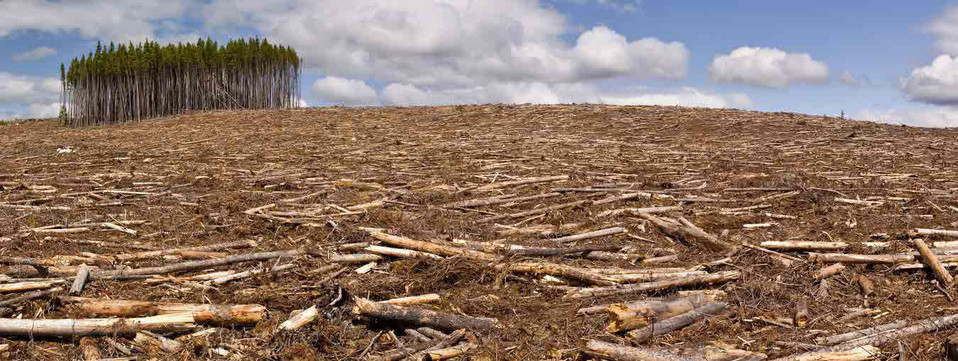Australia's hidden animal welfare crisis
05 Jun 2017
Across Australia, there are animals that are stressed, starving, homeless and suffering from disease; unfortunately, it’s largely due to human actions.
At the Australian Veterinary Association (AVA) Annual Conference today, conservation scientist Martin Taylor from WWF-Australia will be shining a light on the largely unacknowledged wildlife welfare crisis caused by tree clearing.
“Deforestation, also known as land clearing or tree clearing, is linked to large-scale wild native animal death and suffering every year.
“Unfortunately, tree clearing is treated as a conservation issue in law and policy, not as an animal welfare issue so we don’t have a good handle on the exact numbers of animals suffering and dying due to bulldozing of their habitats every year.
“What we do know is that in the early 2000s, about 100 million animals including birds, reptiles, and mammals, were estimated to be killed annually due to large-scale bulldozing of primary forests and woodland, hitherto largely untouched by human activity.
“While bulldozing itself is not often the direct cause, wildlife suffering and death is mostly a secondary consequence of animals rendered homeless and running the gauntlet of car strikes, predation, conflicts within species, starvation, and disease,” Dr. Taylor said.
In 2006, large-scale bulldozing of primary forests was banned in the state of Queensland and in 2009 this regulation was extended to advanced secondary forests. However, in 2012 these major protections were reversed and the animal welfare impacts were reflected in the high number of wildlife rescues that followed.
“After the 2012 axing of protections, RSPCA Queensland reported over a doubling of hospital admissions of native wildlife from 9195 in 2012 to 21,363 in 2016. RSPCA put this down to habitat destruction. The prognosis for animals after admission is not good, with less than 25 percent surviving the experience.
“The prognosis is worse for trauma victims. Of 2000 koalas suffering fractures admitted to wildlife hospitals in South East Queensland, only 2 percent of them could be released back to the wild.
“And that’s just the animals we know about in the peri-urban environment where wildlife services are available. Countless animals suffer injury and death in more remote parts of the state where such services are largely absent but where most habitat destruction goes on.
“Ultimately reining-in habitat loss is the only way to remedy the wildlife welfare and conservation crisis we have in Australia. This requires a nationwide shift in thinking and changes to policy about land clearing so that we develop much stronger legislation that prioritises wildlife animal health and wellbeing through protection of their habitats,” Dr. Taylor said.
The AVA Conference is being held at the Melbourne Convention and Exhibition Centre, 4-9 June 2017. For more information visit conference.ava.com.au.
For further information and requests for interviews contact the AVA media office on 0439 628 898 or media@ava.com.au.
The Australian Veterinary Association (AVA) is the only national association representing veterinarians in Australia. Founded in 1921, the AVA today represents 9000 members working in all areas of animal science, health, and welfare.
